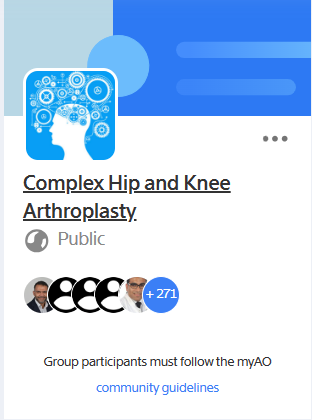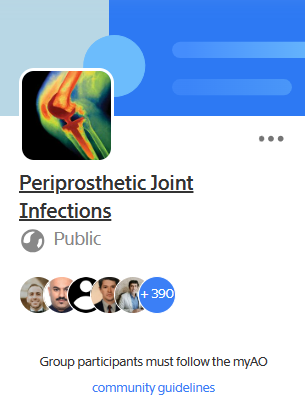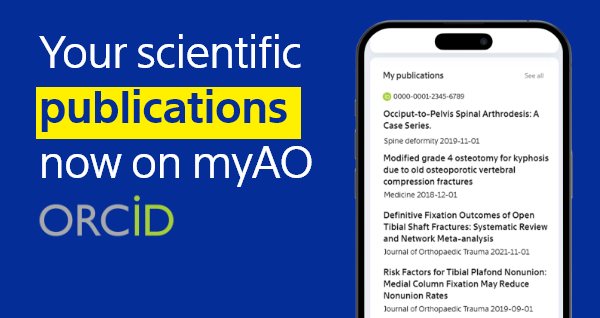Arthroplasty and Reconstruction
- Get more visibility (citations) for your scientific publication by linking ORCID to your myAO profile Fresh on myAO: you can now connect your ORCID iD to your myAO […]
- myAO clinical roundup on hip arthroplasty Hip arthroplasty remains one of the most successful and widely performed procedures in orthopaedic surgery, offering patients dramatic improvements in […]
- myAO Editor’s Pick on complex revision for PVNS and Candida infection In this month’s Editor’s Pick, myAO is featuring a case on complex revision for PVNS […]
- The very best of myAO in 2023 Hi there, As we approach the closing days of 2023, it’s time for a reflection on what resonated most with our […]
- Most engaging content on myAO in 2024 As 2024 comes to a close, it’s the perfect time to reflect on the knowledge shared within the myAO Recon […]
April 2023
Arthroscopic procedures can be performed on all joints. They are commonly used on the knee, shoulder and ankle joints, and less often on hips, elbows and other joints.September 2021
How should a clinician tackle the management and treatment of a Periprosthetic Joint Infection (PJI)? An individualized approach must be developed for each patient, one that integrates appropriate surgical intervention and antimicrobial strategies.- On the road to more relevant knowledge recommendations Content is King Surgeon’s continuous updating of knowledge and technology is the embodiment and requirement of professionalism. This statement […]
- Editor’s Pick of the clinical case of the month on short stem in revision total hip arthroplasty In this month’s Editor’s Pick, myAO is featuring a […]














